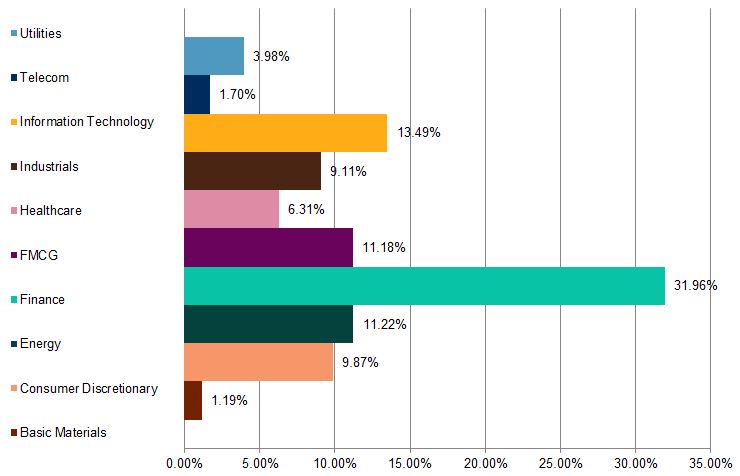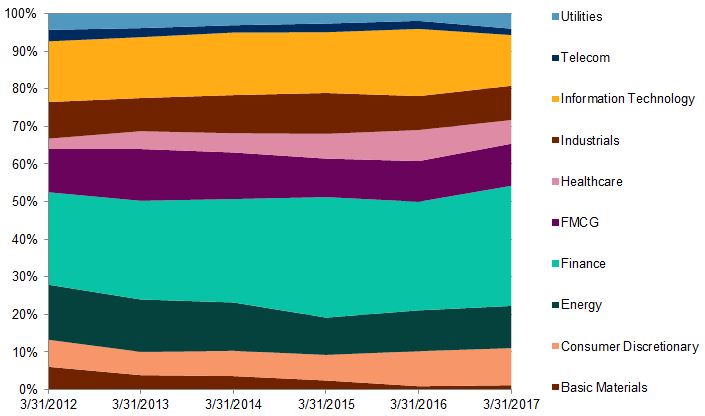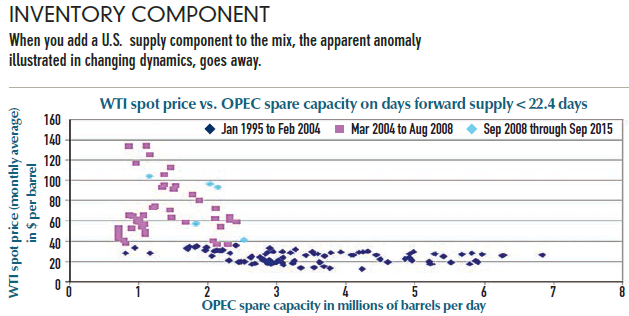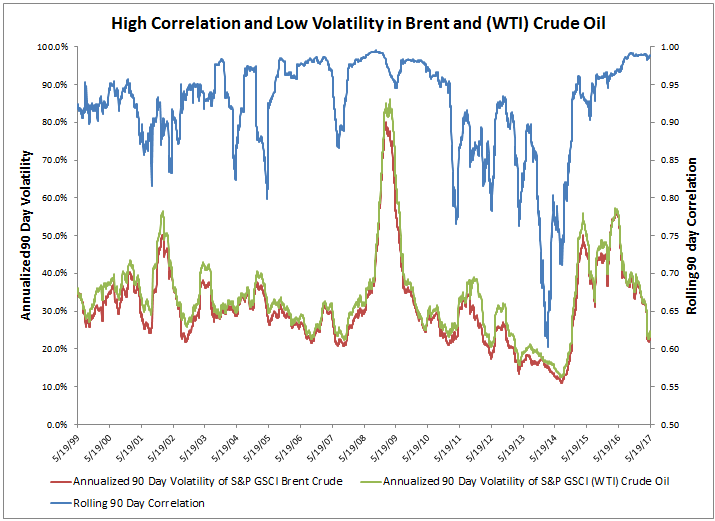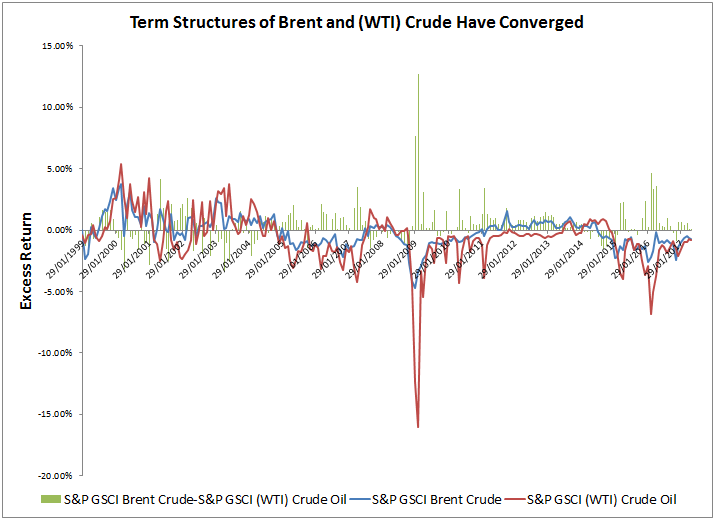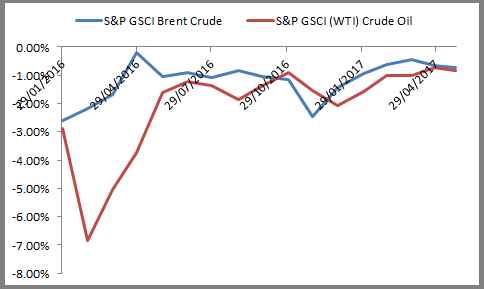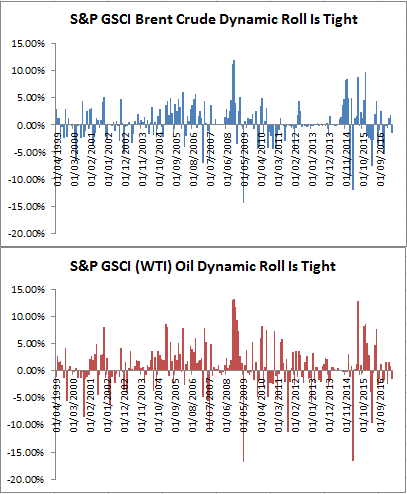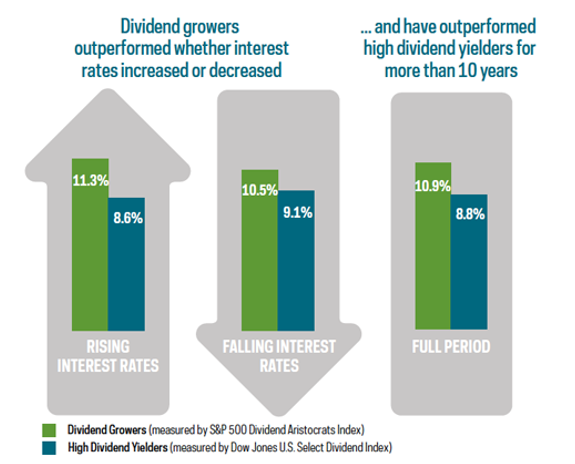In just over two years, China has developed a policy framework for green finance that aims to shift capital from “brown” fossil fuel industries to “green” low-carbon technologies. We have also seen impressive growth in Chinese green bond issuance that has taken the world by surprise. On joining-up green finance policy and practice, China is increasingly “the one to watch.”
However, scaling up green finance still faces challenges. According to Dr. Ma Jun, chief economist at the People’s Bank of China and director of China’s Green Finance Committee, the biggest problem is effectively internalizing environmental externalities, reversing underinvestment in green projects and overinvestment in brown projects.[1]
To address this issue, Trucost collaborated with the Industrial and Commercial Bank of China (ICBC) and the Green Finance Committee to assess and quantify the environmental externalities of major sectors in China. We recently published a tool for banks and other market participants to assess the potential internalized costs and environmental risks of their investments, using the aluminum sector as a case study.[2] The research identifies key risk factors, including environmental taxation, abatement costs and water scarcity, and quantifies their future cost internalization pathways.
The results showed that primary aluminum and alumina operations in China were most exposed to high costs driven by environmental risk factors. Environmental taxation was the largest cost, accounting for as much as 20% and 13% of the average price of alumina and aluminum ingot, respectively, in the high-stress scenario. Plant operators might find it more economical to opt for early installation of abatement to reduce long-term costs. As a result, they could benefit from emissions trading by selling permits.
ICBC stress-tested their credit in the aluminum sector against the implementation of an environmental tax in 2018. The bank applied the low-stress scenario, assuming that the tax would be implemented at the lower end of the proposed rate and remain constant across provinces over time. As a result, only a small number of corporate credit ratings would be downgraded.
ICBC also found that high-rated companies in its portfolio would be more resilient to the costs of the environmental tax. The probability of default among these companies is minimal, as they are often leading enterprises with strong performance.
Understanding how environmental externalities could be internalized by stress testing loanbooks and portfolios could help financial institutions better manage risks associated with the environmental impacts of their investments. If done at scale, it could channel much needed capital to greener assets, while limiting the flow to high-impact sectors.
It would also demonstrate a strong and constructive response to the Financial Stability Board’s Task Force on Climate-related Financial Disclosures,[3] whose draft recommendations due to be launched at the G20 conference in July 2017 call on organizations to conduct scenario analyses of the risks and opportunities that they face as a result of climate change.
[1] http://unepinquiry.org/publication/establishing-chinas-green-financial-system/
[2] https://www.trucost.com/publication/internalization-of-environmental-costs-for-investment-stress-testing/
[3] https://www.fsb-tcfd.org/publications/recommendations-report/
The posts on this blog are opinions, not advice. Please read our Disclaimers.










































